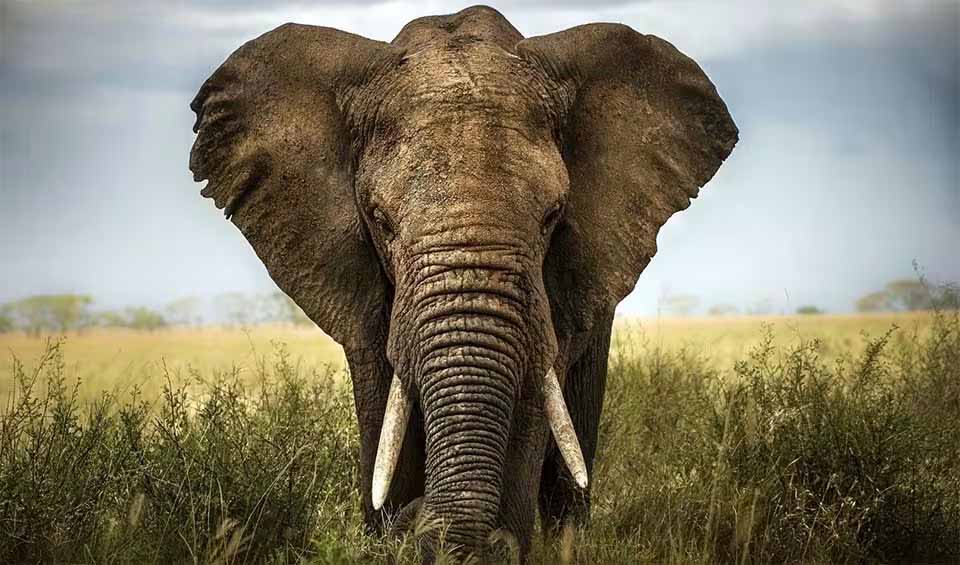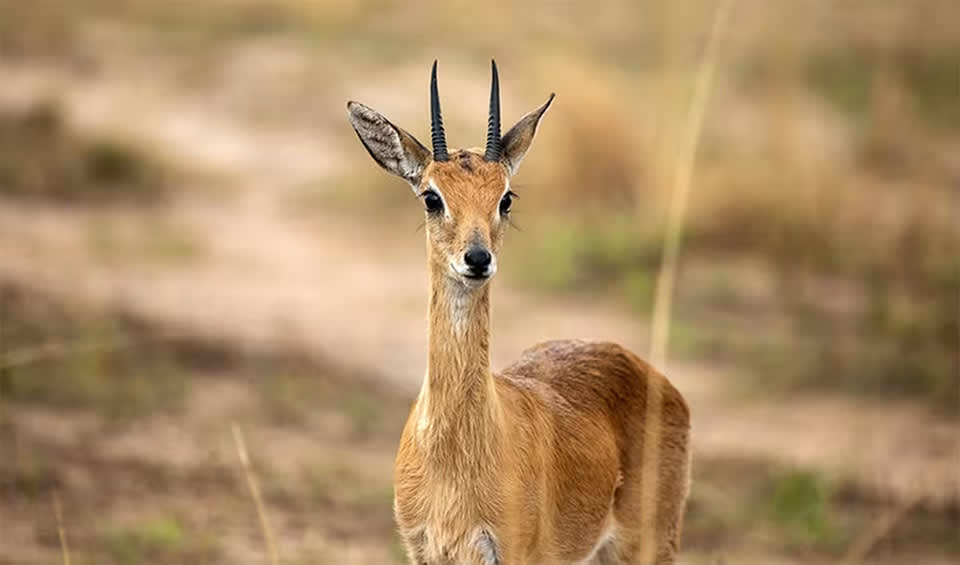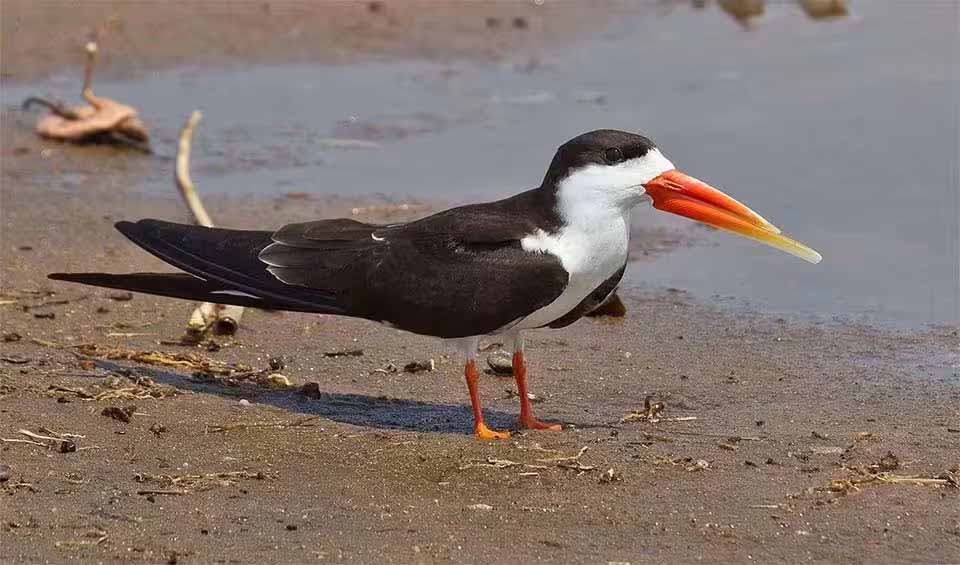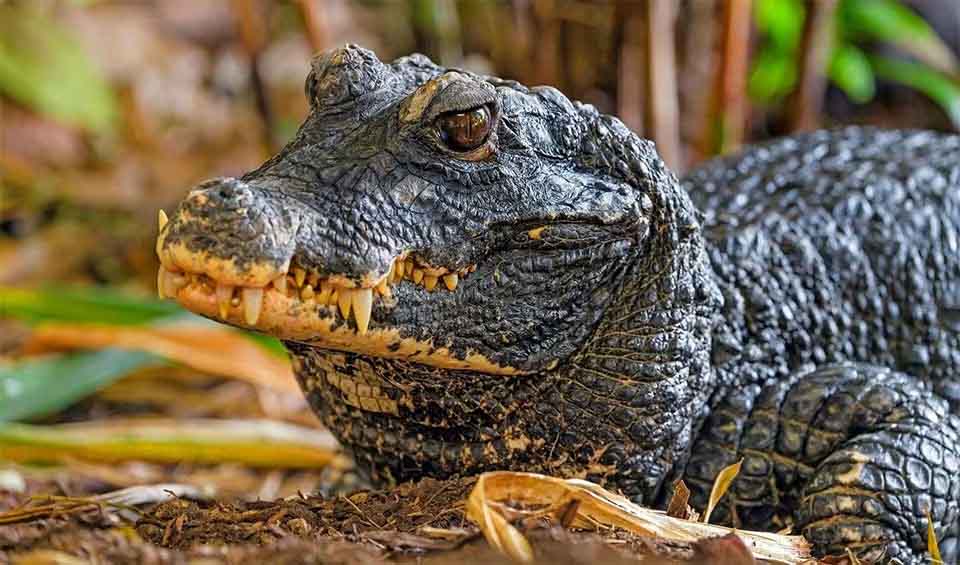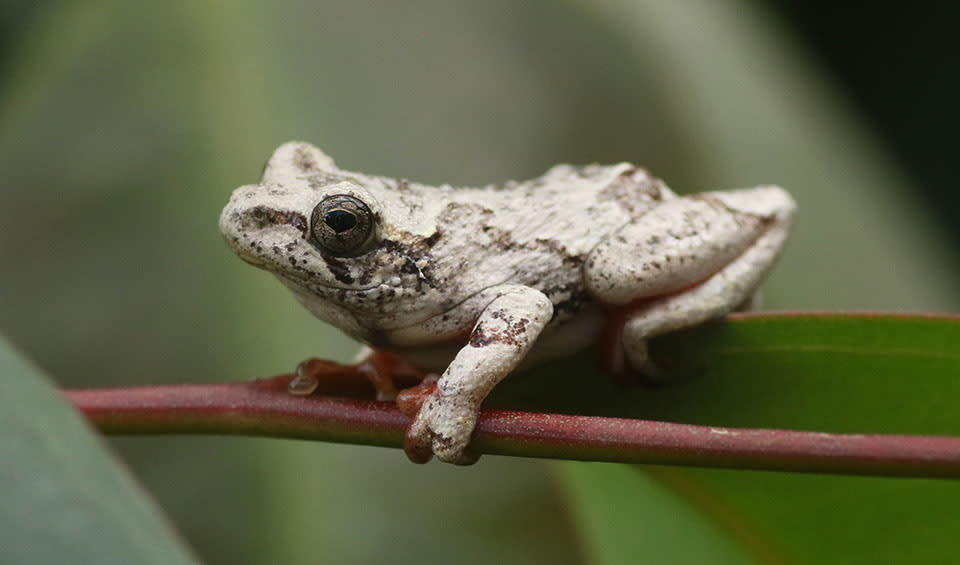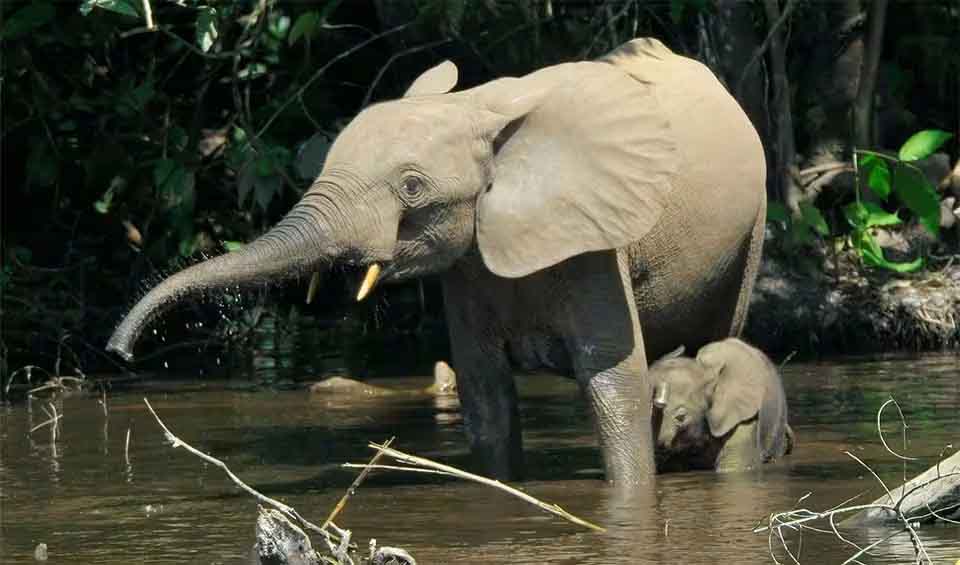The Central African Republic (CAR) sprawls across an area of about 622,984 km² (240,535 mi²), forming a diverse patchwork of ecosystems within a mere 0.42% of the world’s total land area. Despite its modest global footprint, the CAR harbors a wealth of wildlife and natural habitats. Its expansive forests, savannas, and river systems teem with a multitude of species, cementing its status as a crucial component of the Congo Basin, one of the planet’s most significant biodiversity hotspots.
The CAR is home to iconic African wildlife, including forest elephants, lowland gorillas, and leopards, among many other species. It features several biologically rich habitats, ranging from dense rainforests in the south to the Sahelian scrubland in the north. This varied landscape helps sustain numerous forms of life, contributing significantly to the ecological wealth of the continent. Moreover, the CAR is situated in a key transitional zone between the dense equatorial jungles and the expansive Saharan landscapes. This unique positioning creates a convergence of northern and southern wildlife species and ecosystems, enhancing its biodiversity.
Four pillars elaborated:
The Central African Republic is home to a rich network of protected areas, including 15 national parks and various reserves, which constitute about 10.9% of the nation’s total area. These zones host an abundant diversity of plant and animal life. The Dzanga Sangha Protected Areas, established in the 1990s by the World Wildlife Fund, are particularly noteworthy for their ecological significance. These areas are celebrated for their rich biodiversity and serve as sanctuaries for endangered species like forest elephants and western lowland gorillas. Land Management
Land Management
The country’s dedication to conservation has gained international recognition, with its protected areas being designated under several international agreements, such as the Ramsar Convention on Wetlands and the World Heritage Convention.
The primary threats to biodiversity in the Central African Republic stem from human activities that continuously diminish biological resources. Key issues include deforestation and forest degradation, poaching, unregulated exploitation of biological resources, the absence of a national biological resource inventory, lack of a taxonomic reference center, uncontrolled species introduction, invasive alien species, and the absence of a climate change early warning system. Threats to Biodiversity
Threats to Biodiversity
Many of these threats are exacerbated by widespread poverty across the nation and politico-military conflicts, which undermine existing management frameworks. For instance, extensive poaching and Sudanese transhumance have severely depleted the wildlife in areas like the André Félix National Park and the Yata Ngaya Fauna Reserve.
In the Central African Republic, efforts to manage and conserve biodiversity are advancing, notably through the implementation of forest management standards and the creation of a genetic conservation area under the ECOFAC program. Significant strides have been made with the introduction of the Forestry Code in 2008, which focuses on sustainable biodiversity use and equitable benefit sharing through participatory management and community forestry. Capacity and Governance
Capacity and Governance
Although biodiversity issues are primarily handled by the Ministry of the Environment, Nature Conservation and Tourism, there has been some progress in integrating these concerns into sectoral and intersectoral plans, including the National Environmental Action Plan and the National Strategy for the Conservation of Biodiversity. Additionally, the country has bolstered biodiversity conservation through enhanced anti-poaching measures and enforcement by wildlife authorities.
The Central African Republic is actively developing future strategies for biodiversity, focusing on fostering environmentally sustainable practices and ecosystem preservation. Collaborations with NGOs and UNESCO are underway to implement new management strategies for protected areas, including Manovo-Gounda St. Floris National Park. Additionally, the ECOFAUNE Project is dedicated to revitalizing biodiversity in the country’s northern region, offering renewed prospects for local communities. This project concentrates on anti-poaching efforts, enhancing wildlife management, and supporting sustainable livelihoods. Future Trends
Future Trends
Biodiversity
Despite facing significant challenges, including political instability and deforestation, Central African Republic (CAR) boasts an impressive array of flora and fauna across its diverse landscapes. The southern part of CAR is dominated by tropical rainforests, particularly in the Dzanga-Sangha Special Reserve and the Dzanga-Ndoki National Park. The rainforests are home to iconic and endangered species such as forest elephants, western lowland gorillas, and bongos. The dense canopy and rich undergrowth provide habitat for numerous primates, birds, and insects, contributing to the region’s rich biodiversity. The Dzanga-Sangha area is particularly renowned for its biodiversity, including unique species like the bongo antelope and the African grey parrot.Rivers and wetlands play a significant role in the Central African Republic’s biodiversity. The Ubangi and Chari rivers, along with numerous smaller rivers and streams, create rich aquatic ecosystems that support a variety of fish, amphibians, and reptiles. These water bodies are essential for many bird species, especially during migration, providing critical feeding and nesting sites.
In the table below are the number of known species in several main groups, how many of these species are Threatened with extinction, and how many of them are Endemic (unique to Central African Republic only):
| Species (World rank) |
Threatened | % Threatened | Endemic | % Endemic | |
|---|---|---|---|---|---|
| Mammals | 261 (#35) | 16 | 6.1% | 2 | 0.8% |
| Birds | 721 (#35) | 18 | 2.5% | ||
| Reptiles | 205 (#46) | 5 | 2.4% | 55 | 26.8% |
| Amphibians | 58 (#53) | 7 | 12.1% | ||
| Fishes | 202 (#166) | 2 | 1.0% | 12 | 5.9% |
| Plants | 3,563 (#99) | 26 | 0.7% | 7 | 0.2% |
mammals
African bush elephant
Size matters! The largest of the three elephant species and the largest extant terrestrial creature on our planet
White rhinoceros
White with a dark future! Victim of the myths, it is the biggest of the five rhino species
Oribi
They benefit from wildfires as they can return to the area that recovered from fires to eat fresh grass
birds
Lappet-faced vulture
The African giant vulture has a wingspan up to 2.80 m (9 ft) wide
African skimmer
Global Warming got nothing on this bird
Shoebill
One of the most bizarre creatures you can ever lay your eyes upon
reptiles
Dwarf crocodile
Timid nocturnal with broad snouts native to Africa, they are the smallest of all crocs
Black mamba
Africa’s most feared snake that would inevitably evoke reactions of fear by just its looks
African spurred tortoise
This giant is the largest African and third of all the tortoises on earth
amphibians
African clawed frog
It’s a frog, but it doesn’t look like the typical frogs we think of!
Cane toad
When a big one meets a smaller one, it’s lunch!
Common reed frog
Their horizontal pupils give them a permanently surprised expression
National Animals
African forest elephant
Inhabiting humid forests in West Africa; they are the smallest of the three elephant species
